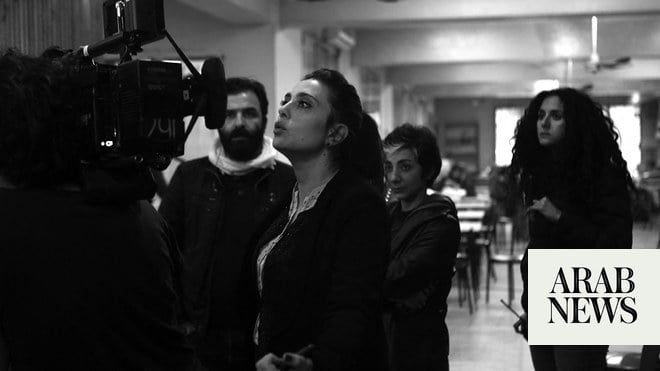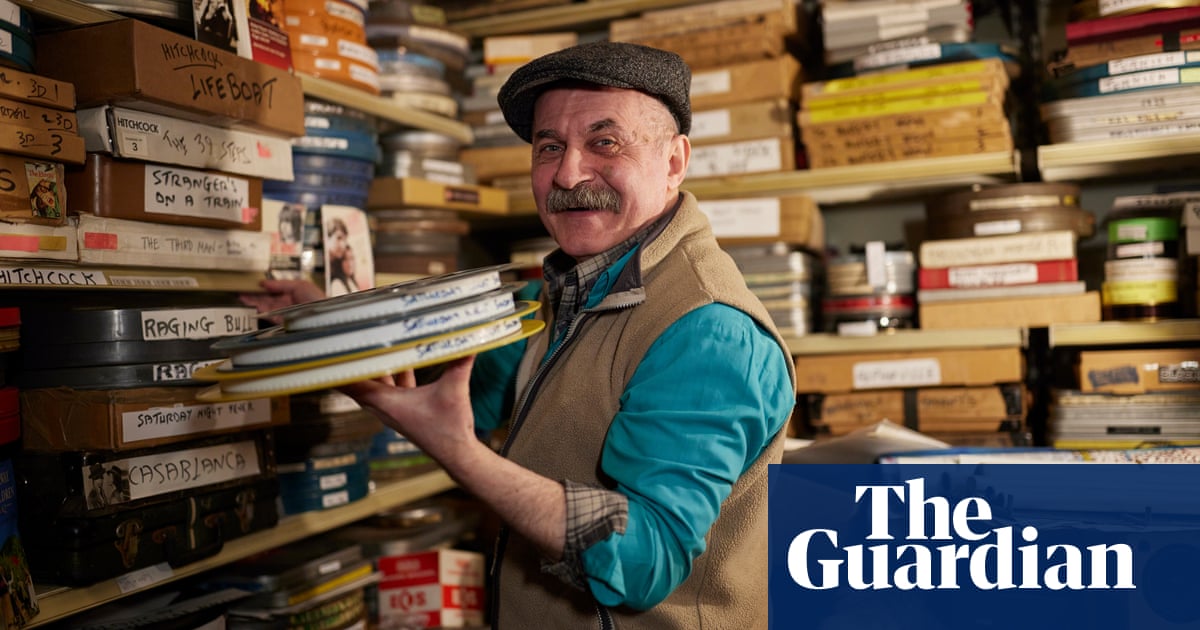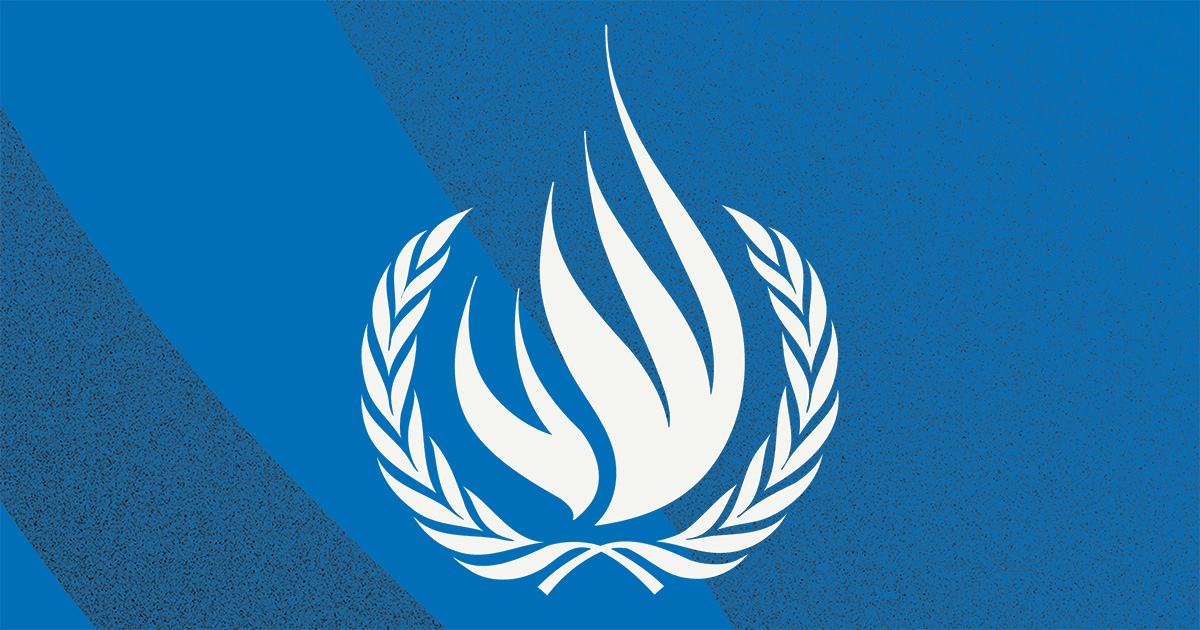
Arab women have garnered awards, critical acclaim and box-office success for their films in recent years, and introduced audiences to ‘a secret world we were not aware of’
DUBAI: In recent years, there has been a notable increase in the number — and public profile — of female Arab filmmakers. This is, no doubt, partly due to the increasing market for stories told from an Arab perspective — finally breaking the stereotypical image of Arabs in international films as either victims or villains — as well as to the increasing diversity of the international cinema industry.
For the latest updates, follow us on Instagram @arabnews.lifestyle
As more films helmed by female Arab directors are released, so their participation in the international festival circuit increases too. They are opening the door to women"s cinema in the region, and offering a more rounded, nuanced portrayal of Arab women and their societies to the rest of the world.
“It’s a given that since more women started making films, we started seeing a different dimension of female characters,” Ayah Jardaneh, co-producer of the award-winning historical drama “Farha,” Jordan’s official entry for the 2023 Academy Awards, told Arab News.
“Farha” and several other films made by Arab women have attracted global attention in recent years. Tunisian director Kaouther Ben Hania’s “The Man Who Sold His Skin” made the 2021 Oscar nominations, Lebanese director Nadine Labaki’s “Capernaum” did the same in 2019, and Moroccan filmmaker Maryam Touzani’s “The Blue Caftan” was shortlisted for this year’s Best International Feature Film, but did not make the final nominees. All three won awards at major international festivals.
Touzani, according to Los Angeles-based critic and producer Husam Asi, “really dives into the psyche of a woman in a very unique way.”
Supporting female directors is “important everywhere, because women were somehow invisible, but I think it is (especially) important in the Arab world. I’ve met these women, and they are just incredible directors. They have so much passion, they have so much drive, they are so intelligent,” Asi told Arab News.
Arab female filmmakers have “started breaking the stereotypical roles of women in films, not restricting women to a secondary role, (and they are showing) stronger female representation in their characters. But we still have a lot of work to do,” Jardaneh said.
“While I don"t believe in women getting jobs based solely on gender, women are qualified and talented, so it’s about time that they got the positions, roles and titles they deserve based on their qualifications and without any discrimination against them,” she added. “It is empowering and encouraging that the film industry in Jordan is almost 50 percent women. In the Arab world generally, it is also increasing.”
In Saudi Arabia, Asi said, “50 percent of directors are women, compared to Hollywood, where less than 10 percent are.”
He continued: “The female directors (in Saudi Arabia) are so passionate. You know, (when) you’ve deprived someone of something and suddenly you give it to them, they want to use it; they are so excited, they have the energy, they have so many plans. Each one of them has a big plan, they have big dreams.”
The first feature-length film made by a Saudi female director was Haifaa Al-Mansour’s 2012 movie “Wajda.” The film was made entirely in Saudi Arabia, and many of the scenes were shot from a van, due to social restrictions then imposed on women. The film cost $4 million to make, but toured the international festival circuit — picking up several awards — and reportedly brought in around $14.5 million at the box office.
So far, though, this “new” Arab cinema has been mostly restricted to independent movies, rather than mainstream blockbusters. “The dominance of female Arab directors exists only in independent cinema, and not commercial cinema,” Asi said, adding that the same is true internationally.
"Independent cinema requires less money. (It could be just) a few hundred thousand dollars (to make a) movie that can go all the way to festivals.” Some female-directed indie movies have, like “Wajda,” been successful commercially too. Labaki’s 2007 movie “Caramel,” for example, pulled in nearly $14 million at the box office, having cost around $1.6 million to shoot.
Independent, or arthouse, cinema started appearing in the Arab region at the turn of the millennium, when Arabs felt the need to “present our own perspective on international matters,” according to Asi. At that time, anti-Arab and anti-Islam sentiment was running high in the West.
Investing in cinema became a political decision, as “Arabs — or Arab governments, particularly in the Gulf — became more aware of the importance of media. They started investing in this new cinema, which differs from from the commercial cinema directed towards an Arab audience. They wanted to go beyond that and reach an international audience.”
Several Gulf cities or countries launched their own film festivals and a number of Arab women received grants from these festivals to make their movies. Palestinian-American director Cherien Dabis made “Amreeka,” reportedly the first Arab-American movie, with financial support from the Gulf.
Mohamed Atef, programmer of the El Gouna Film Festival in Egypt and of Mamlo — an Arab film festival that takes place in Sweden, told Arab News that the number of regional and global funders willing to back female filmmakers is rising rapidly, with gender issues high on their agendas. In part, this is because, since the #MeToo movement came to prominence, a number of film festivals now insist on giving equal opportunities to both genders in their programming.
But the importance of female filmmakers goes beyond being a beacon for greater social inclusivity and gender equality. They will also ensure a greater diversity of narratives, Azza El-Hassan, a Palestinian-British documentary filmmaker, said. Accepting that men and women have different experiences means “you should accept that a different kind of cinema will come out when a woman holds a camera, than when a man holds a camera,” she told Arab News. “For example, (in) ‘The Man Who Sold His Skin,’ the protagonist is a man, but the director is a woman. You see it, you feel it. The way she films him, the way she approaches the topic. This is women’s cinema, though the topic has nothing to do with women.”
“A good director is a good director regardless of whether they are male or female,” Atef said. “But there is a feminist directing style.” However, he added, it’s not only women making ‘feminist’ movies. Some well-known Egyptian men have made “very feminist” movies, he said, while some female directors, although their films may revolve around women’s issues “are making movies in a male style.”
Asi said female filmmakers are more likely to give a “three-dimensional” portrayal of female characters — something notably lacking throughout cinematic history across the globe.
“The female characters that they create are so beautiful, so rounded, they have such depth, as if they are inviting you into a secret world that we were not aware of, because up to now we were introduced to women from a man’s perspective,” he explained.
Critics, producers and directors all agree that the future for Arab women in cinema looks bright.
“I think, in a very short time, it will be an equal industry (in terms of gender),” said Atef. “Cinema is a very dynamic and very smart industry and it always filters what is good and what isn’t.”
Jardaneh is similarly optimistic.
“There is an obvious shift in the world, Arab representation is changing. I believe it is our time as Arabs to shine in all industries — and especially our industry; to have our stories told, to have infrastructure and stability. We have the talent, the resources, the stories, the history, and the passion,” she said. “The only way to go now is forward.”











